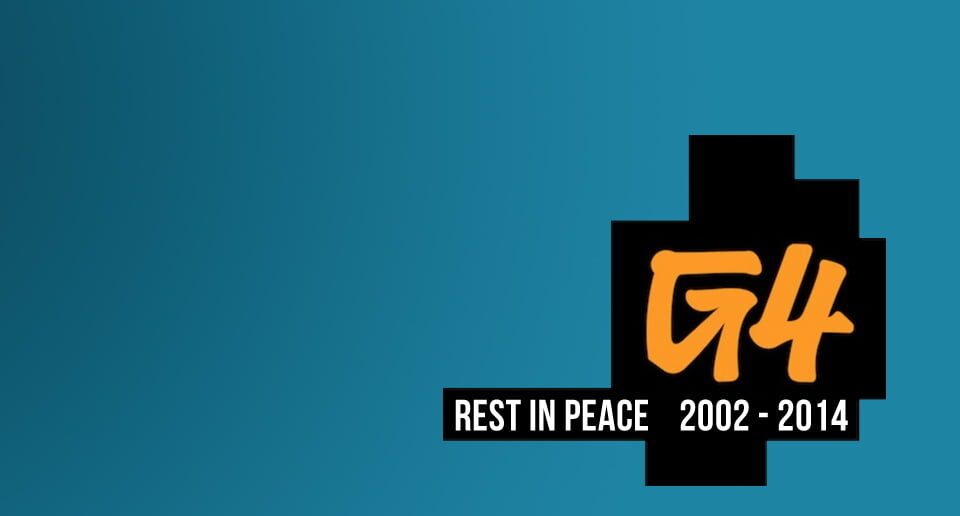My first memory of seeing someone on TV talking about video games was in 2003, with a guy that, if I’m being honest, I thought looked like a douchebag. Of course, being but a wee lass those weren’t my exact sentiments, but it was along those lines. That man, Bill Sindelar, was in a small, indie video game store. Speaking of nostalgia, remember those? When I say small, I don’t mean small as in the business and its notoriety was small, I mean the store itself was occupying the smallest space in the smallest strip mall in America. Bill looked like a giant, and in fact the camera had to be placed on the ceiling in the top corner.
I don’t remember the specifics of what was going on, strange considering the already curious circumstances, but I remember Bill yelling “Skunked” and laughing like it was the funniest thing he’d ever experienced in his life. I didn’t see the humor.
The show, called Blister, then cut to some video game footage with that same man narrating over it, what he was saying forever lost to my hazy memory of that confined space in the game store, and what happened next. The show cut to a commercial break, and up flashed a logo: G4, TV 4 Gamers.
I’m not sure how accurate my account is, but that doesn’t necessarily matter. It was the first time I saw G4, a channel for gamers, by gamers, run by gamers, or so we were told.
The early 2000’s was a golden age for video games; it was when they finally started to shed the image of children’s toys and transcend into proper media along with movies, music, and books. I can’t say for certain what role G4 played in this shifting societal philosophy, but I can say it played a big role in my life.
Despite years of mediocrity, to put it lightly, G4 still held a special place in my heart for nostalgia if nothing else. But even that now must come to an end. On November 30, 2014, G4 will officially be shut down, its airwaves turned off, leaving the skies a little bit emptier. Perhaps they’ve been dead for going on three years now, but this is the formal nail in the flag draped coffin.
I didn’t play video games all that often, but once I saw Tommy Tallarico and Victor Lucas being badasses on Judgment Day, Scott Rubin, Tina Fey, and Laura Foy being cool on a talk show centered around video games on G4TV.com (yes, that’s what they called it), and all the cool art related stuff that was going on Cinematech, I was hooked. My favorite show was Icons by the way.
Tears can be shed another time, or perhaps they already were, but now is the time to look to the future. Where do video games and television go from here? Is this brief and distant friendship already over? There is of course GameTrailers TV on Spike, but that’s more a corporate sponsored trade show than a product born of love to the medium. There’s also EP Daily, formerly Electronic Playground that used to run on G4. But I venture to ask you this: how many of you knew that was still around?
No, I think the departures of veterans Morgan Webb, Adam Sessler, and Kevin Pereira made it clear. They all continue to work with video games in some capacity, but none returning to television, or admittedly the notoriety. Video games don’t need to be on television, and they probably never will be again in any large capacity.
G4 isn’t the only gaming centric content suffering a slow death in more “traditional” media. For years video game magazines have been exiting the market, such as Electronic Gaming Monthly and Nintendo Power.
With the internet being the powerhouse that it is, people can access video game content whenever and wherever they want. They can get it from industry professionals who have been in the business for decades, or from some random twenty something sitting behind a laptop. You can have written articles, videos, live streaming, podcasts all without commercials, ads, or producers attempting to appeal to a broader audience. Whatever it is you’re in the mood for, you can find it on the internet, and if not, you can make it yourself.
Video games don’t need that form of traditional media. The gaming industry is the fast growing in the world, and it’s done that without TV and with magazines on the way out. The only reason anyone would want to see video games on that traditional kind of media are those seeking validation. After years of “video games are corrupting our youth” and similar nonsense, people calling themselves gamers want some form of validation that their favorite entertainment is worth talking about in the mainstream.
But now I’m playing psychologist, and while I’m sure no harm whatsoever could possibly come of it, that’s not the point.
The future of video game coverage in the mainstream media looks bright. As more and more people use the internet to get their media, they’ll be exposed to more video game coverage because it’ll have an equal footing in this new landscape. Many TV shows are starting to show characters just playing video games, not as a defining trait or a “look how nerdy this character is”, but just as a thing they do. This might seem insignificant in how video games are covered, but it starts with the small things.
Then there’s eSports. The self-proclaimed “Worldwide Leader in Sports” TV network ESPN broadcasted a DOTA 2 tournament back in July 2014 to mixed reception. In fact the head of ESPN opened his donut hole and declared eSports wasn’t a real sport. As closed-minded and insulting as that statement is, the fact that a video game tournament was on a major TV network speaks to a greater shift in the ever-slow traditional television media. TV is good for the casual fan, if nothing else. Imagine someone with little interest in games channel surfing and suddenly stumbling upon someone playing DOTA on ESPN. They might start to play the game themselves, because they liked what they saw.
Mourning the loss of a nostalgic memory is understandable, but know that in the grand scheme of video game coverage, G4 for the past four years or so has been little more than a blip on the radar. It’s fitting then that one of the final posts on their mothballed website is a ghastly sandwich recipe calling for peanut butter, banana, Nutella, and bacon. Regrettably, there is no mention of the crisp refreshing flavor of Mountain Dew, or the cheesy bold flavor of disappointment and fleeting memories.






